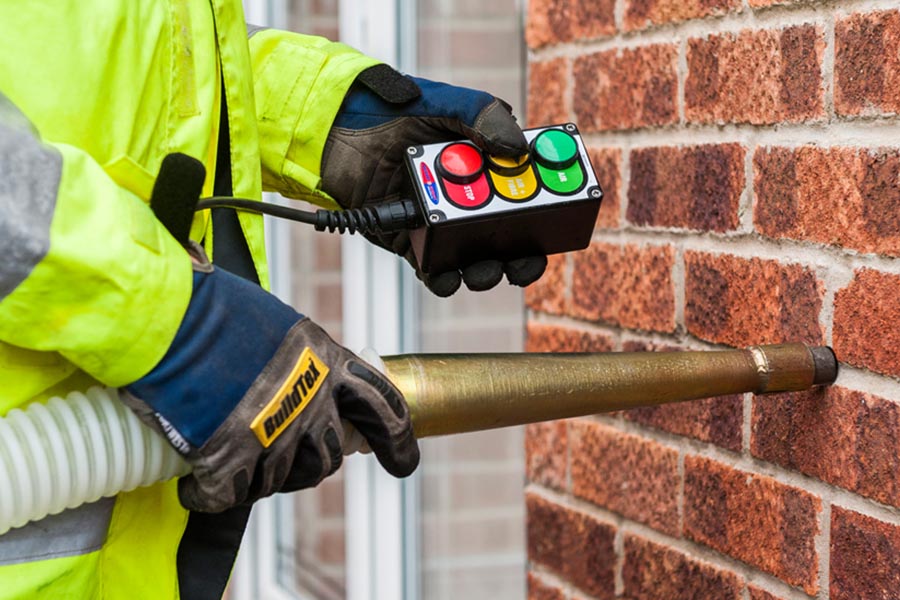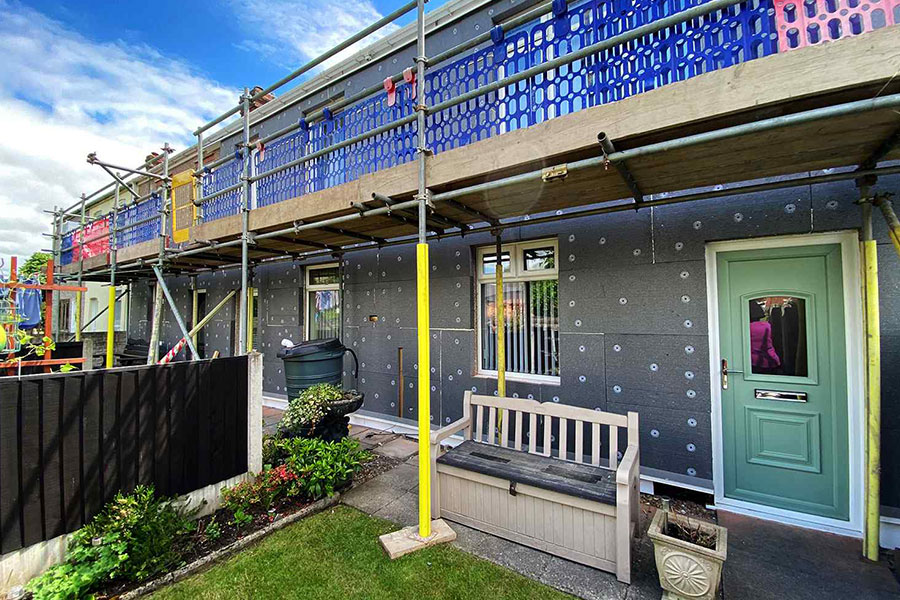
by Creativefive | May 13, 2022 | FAQ, Cavity Wall Insulation
In order to know if your property is suitable for cavity wall insulation, the first thing you need to find out is what sort of walls you have. If you can see the brickwork on the outside of the house, look at the pattern of the bricks. If your home has cavity walls,...

by Creativefive | May 13, 2022 | FAQ, Cavity Wall Insulation
Small holes are drilled in the outside wall into which a specialised insulation product is injected or blown. Once the walls have been filled with the insulation product, the holes in the brickwork are sealed/rendered, leaving them barely visible. It takes around two...

by Creativefive | May 13, 2022 | FAQ, Cavity Wall Insulation
Cavity wall insulation reduces heat loss through a cavity wall by filling the air space with a material that stops heat transfer. This captures air within the cavity, preventing heat loss. This action makes the property a whole lot warmer and reduces energy...

by Creativefive | May 13, 2022 | FAQ, External Wall Insulation
Yes… There are processes which can be used to recycle insulation boards.

by Creativefive | May 13, 2022 | FAQ, External Wall Insulation
Adding insulation to a wall changes the place where the dew point occurs ( the point where air meets a temperature that causes moisture to condense out of the air as water). The effect of external insulation is to warm the wall. This, in turn, moves the dew point...

by Creativefive | May 13, 2022 | FAQ, External Wall Insulation
The simple answer is NO. Generally, modern EWI materials are based on Rockwool Mineral Wool or Expanded Polystyrene Insulation (EPS). Both are considered safe and have passed rigorous safety standards regulated by industry bodies like the British Board of Agreement...







